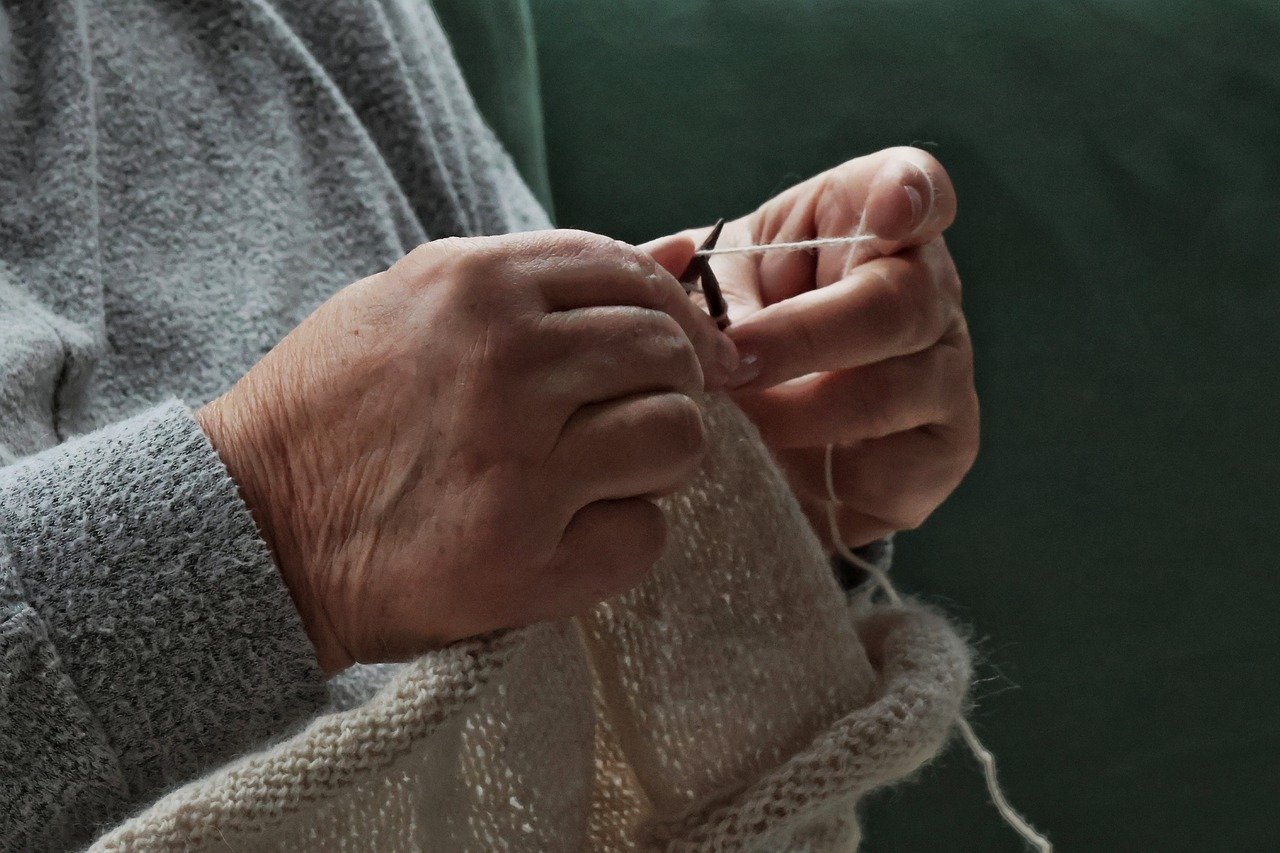“`html
In an age where innovation and originality are paramount, harnessing creativity has become one of the most valuable skills in both personal and professional realms. Whether you’re an artist, a business leader, or simply someone looking to enhance your problem-solving abilities, a creativity boost can lead to groundbreaking ideas and solutions. In this post, we will explore various methods and strategies to enhance your creativity, delve into the science behind creative thinking, and provide practical exercises to help you unlock your creative potential.
The Importance of Creativity
Why Creativity Matters
Creativity is not just for artists; it is essential across all disciplines. Here are some compelling reasons why nurturing creativity is vital:
- Innovative Problem Solving: Creative thinking allows individuals to devise unique solutions to challenges.
- Personal Growth: Engaging in creative activities can enhance self-esteem and self-awareness.
- Adaptability: Creativity promotes flexibility in thinking, enabling better responses to change.
- Enhanced Collaboration: Creative teams are better at brainstorming and generating ideas together.
Understanding the Creative Process
Stages of Creativity
The creative process typically includes several stages that can be cultivated to yield better results:
- Preparation: Gathering information and resources to inform your creative endeavors.
- Incubation: Allowing ideas to marinate in your subconscious.
- Insight: Experiencing that ‘aha’ moment when a solution becomes clear.
- Evaluation: Reviewing ideas critically to determine their viability.
- Elaboration: Developing the chosen idea into a tangible outcome.
Techniques to Boost Creativity
1. Mind Mapping
Mind mapping is a visual representation of ideas that can help generate new ones. Here’s how to do it effectively:
- Start in the center: Write your main idea in the middle of a blank page.
- Add branches: Create subtopics that relate to the main concept, branching out from the center.
- Use colors and images: Incorporate visuals to stimulate your brain and make connections.
2. Take Breaks
Sometimes, stepping away is the best way to enhance creativity. Here are some benefits of taking breaks:
- Increased Focus: Regular breaks can help you return to your task with a fresh perspective.
- Reduced Mental Fatigue: Frequent pauses can prevent burnout and keep your mind sharp.
3. Embrace Constraints
While it may seem counterintuitive, setting limits can actually enhance creativity. Here’s how:
- Encourage Resourcefulness: Constraints challenge you to think outside the box;
- Focus on Core Ideas: Limitations can simplify a problem and allow for clearer thinking.
4. Engage in Creative Exercises
Incorporate daily exercises to stimulate your creative thinking:
- Doodle for 5 minutes: Let your mind wander and visualize your thoughts through doodling.
- Write Morning Pages: Spend 10 minutes writing down anything that comes to mind, without judging your thoughts.
- Change Your Environment: Sometimes, a new setting can inspire fresh ideas.
The Science Behind Creativity
Neurological Insights
Research in the field of neuroscience has revealed fascinating insights about creativity:
- Default Mode Network (DMN): This brain network is active during daydreaming and mind-wandering, crucial for creative thought.
- Brain Connectivity: Creativity often involves a unique pattern of connectivity between different regions of the brain.
Statistics on Creativity
Understanding the impact of creativity can help reinforce its value:
- Business Growth: Companies that prioritize creative thinking see up to a 10-20% increase in revenue.
- Employee Engagement: Organizations fostering a creative work environment report higher employee satisfaction rates.
Conclusion
Boosting creativity is not merely an asset but a necessity in today’s rapidly evolving world. Whether you’re looking to enhance your personal capabilities or foster a more innovative environment within your organization, incorporating the techniques outlined in this post can be invaluable. Engage with the creative process, apply practical exercises, and understand the science behind your creative thinking. Remember, creativity can be cultivated and developed with practice and intention. Start today, and unlock your potential to innovate and inspire!
“`






